
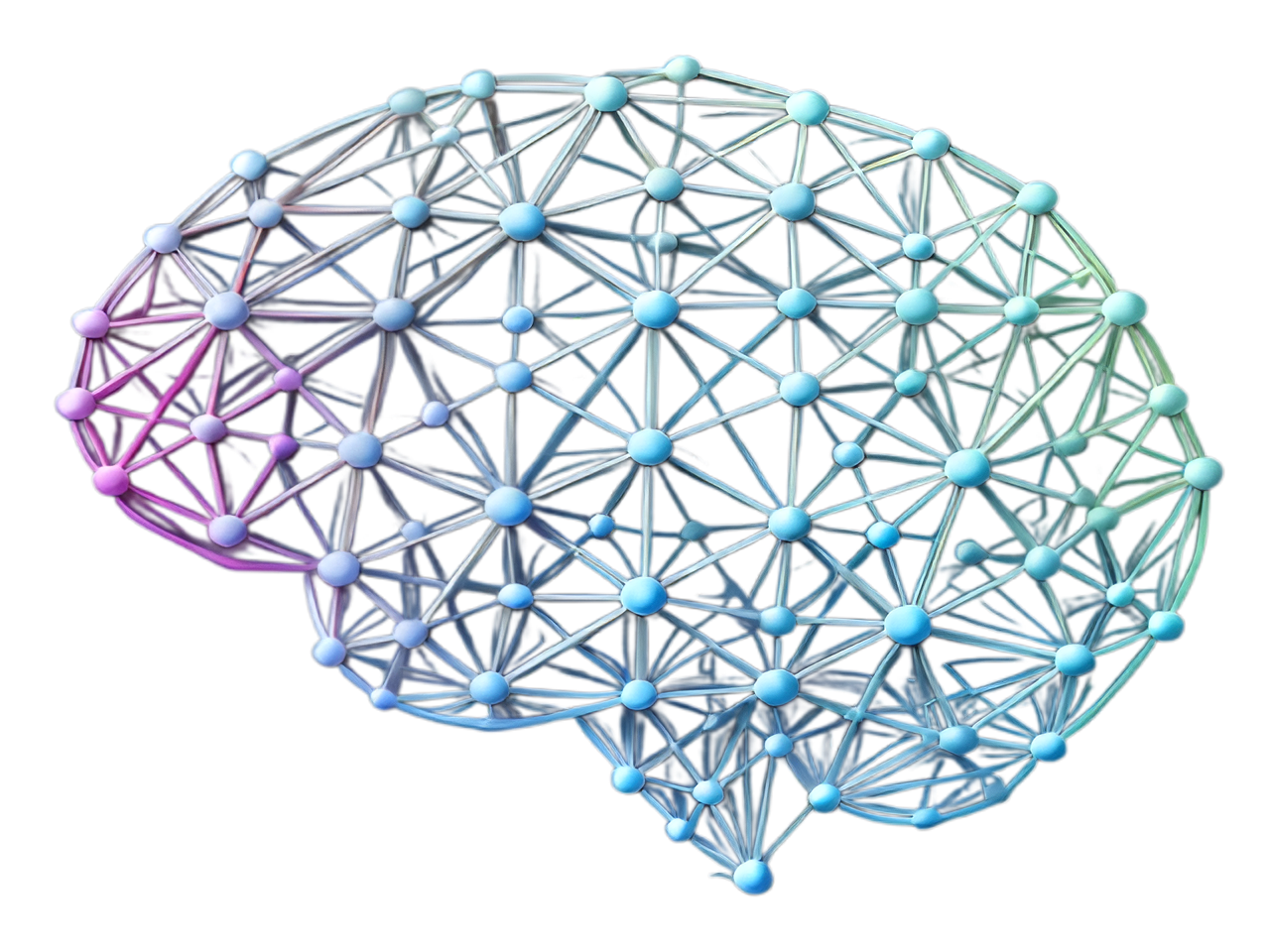
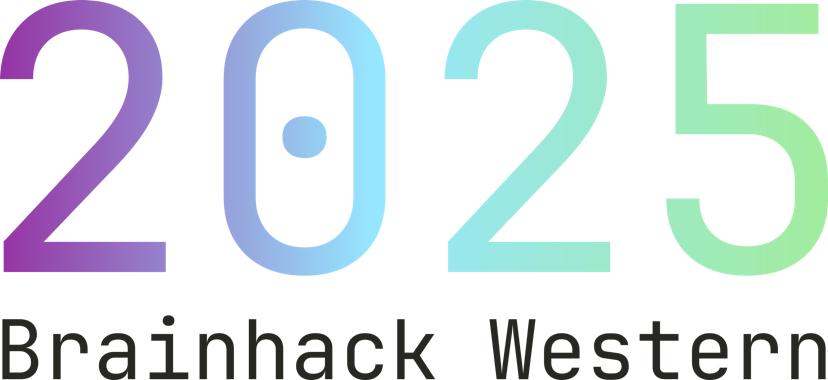
Western Brainhack brings together researchers and trainees of all backgrounds to collaborate on open science projects in neuroimaging and neuroscience.
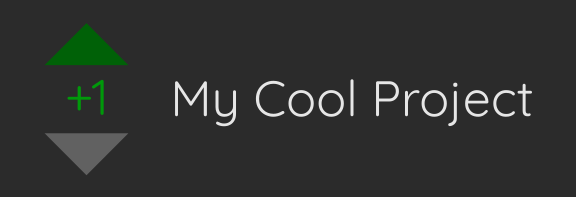
Pitch your project
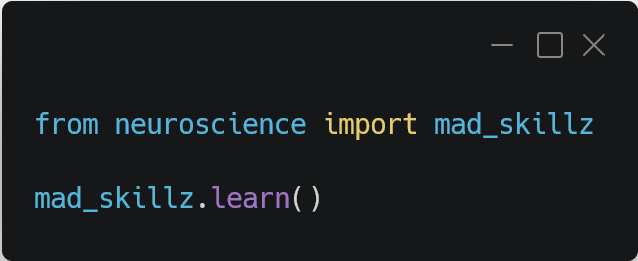
Learn new skills
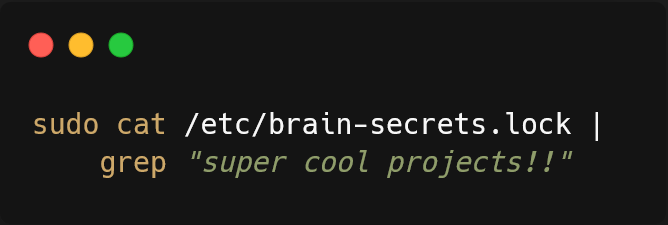
Hack!!
Brainhack Western 2025 is an official satellite event of Brainhack Global
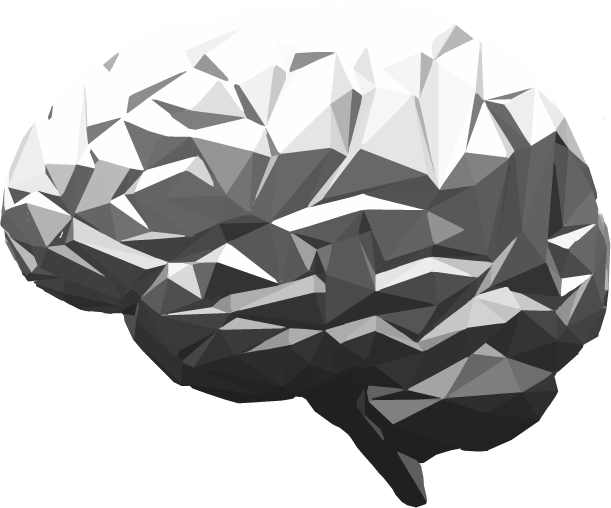
Cost: $5
Includes on-site meals, snacks, and coffee!

Schedule
Wednesday, March 26
Welcome & Project Pitches
9:00
WIRB 4190 (Lunchroom)
Open Science: Pre-registration
10:00
WIRB 4190 (Lunchroom)
more info
Using EEG-BIDS for data management of large EEG datasets
11:00
WIRB 4190 (Lunchroom)
more info
Lunch
12:00
WIRB 4190 (Lunchroom)
HippUnfold Tutorial
1:00
WIRB 4190 (Lunchroom)
more info
3D Printing Tutorial
2:00
WIRB 4190 (Lunchroom)
more info
Introduction to TMS
3:00
WIRB 4190 (Lunchroom)
more info
Thursday, March 27
Breakfast
9:00
WIRB 4190 (Lunchroom)
Hack Time
10:00
WIRB 4190 (Lunchroom)
Scientific Writing
10:00
WIRB 3000
more info
Introduction to fNIRS
11:00
WIRB 3000
more info
Lunch
12:00
WIRB 4190 (Lunchroom)
Hack Time
2:00
WIRB 4190 (Lunchroom)
MystMD Tutorial
1:00
WIRB 4190 (Lunchroom)
more info
Open Science: Reproducible Data Analysis (Snakemake)
2:00
WIRB 3000
more info
MONAI Tutorial
3:00
WIRB 3000
more info
Friday, March 28
Breakfast
9:00
WIRB 4190 (Lunchroom)
Hack Time
10:00
WIRB 4190 (Lunchroom)
Open Science: Research Code Management (Git)
10:00
WIRB 3000
more info
Data Collection: Best Practices
11:00
WIRB 3000
more info
Lunch
12:00
WIRB 4190 (Lunchroom)
Hack Time
1:00
WIRB 4190 (Lunchroom)
Introduction to DTI and MRI
2:00
WIRB 4190 (Lunchroom)
more info
Introduction to Neuroanatomy for Researchers
1:00
WIRB 3000
more info
Project presentations
3:00
WIRB 3000
Grad Club Networking Event
4:00
Grad Club
Tutorials
Introduction to DTI and MRI
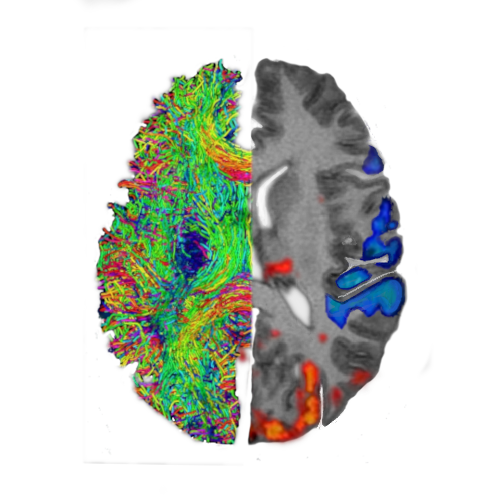
This joint tutorial will cover both the basics of diffusion MRI and functional MRI. For diffusion MRI, the basics of processing data from MRI acquisitions to computing diffusion tensors and tracking the structural connectome will be covered. For functional MRI, the basics of what aspect of brain function fMRI measures to considerations for preprocessing fMRI data will be presented.
Using EEG-BIDS for data management of large EEG datasets
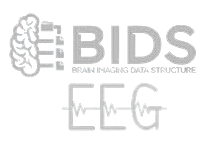
EEG-BIDS is a relatively new standard for the orderly storage of raw EEG/iEEG/MEG datasets and derivatives. I will demonstrate one possible workflow in which I use the EEGLAB toolbox to convert raw EEG data into BIDS format, and for integrating existing EEG-BIDS datasets into your analysis workflow.
Introduction to fNIRS
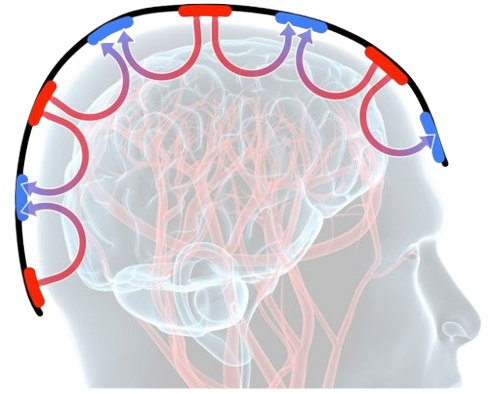
Participants will learn the basics of functional near-infrared spectroscopy (fNIRS). This includes a demo of the system, the underlying physics and experimental design, as well as some exciting current applications of fNIRS. Participants will also learn about handling and preprocessing fNIRS data -- including some hands on coding!
Introduction to Neuroanatomy for Researchers
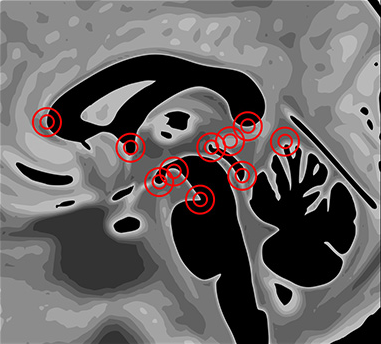
This tutorial offers an interactive dive into neuroanatomy through a clinical case, with a focus on subcortical regions of interest. Participants will gain hands-on experience with segmentation tools like ITK-SNAP and learn to visualize subcortical structures using ultra-high field MRI. No previous experience with ITK-SNAP is required (http😕/www.itksnap.org/pmwiki/pmwiki.php?n😄ownloads.SNAP4)
Introduction to TMS
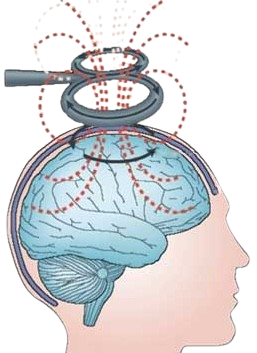
Transcranial Magnetic Stimulation is a safe, non-invasive, tool that enables us to modulate the brain’s regular activity with high spatial and temporal resolution. Forty years since its introduction, TMS has been utilized in a variety of ways; from the labs all the way to the clinics. In this workshop, we will explore how TMS can be employed to causally study the brain’s neural architecture, how it can be used to measure brain activity, and how it can help the maladaptive brain.
Open Science: Pre-registration

In this hands-on workshop, participants will learn the fundamentals of preregistration and how it enhances research transparency and rigor using the Open Science Framework (OSF). Attendees are encouraged to bring their research protocols as there will be the opportunity to receive peer feedback to refine their preregistrations. The session will also cover handling protocol changes post-publication, emphasizing the flexibility of preregistration.
Open Science: Research Code Management (Git)
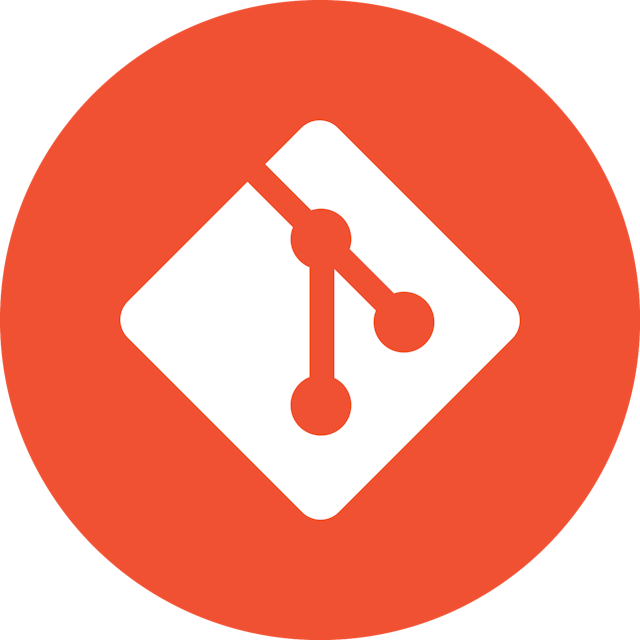
This tutorial will cover best practices for managing research code with the ultimate goal of sharing it. Aspects of Git and GitHub, including version control, branching, collaborations, etc. will be covered.
Open Science: Reproducible Data Analysis (Snakemake)

Using a workflow management tool to run your research analyses can make it much easier to remember what you've done with your data, make small adjustments, and describe your analyses to others in a reproducible way. In this tutorial, you'll learn about what a workflow management tool is, why you might want to use one, and how to write your analyses as workflows. As an example, we'll go over SnakeBIDS, a Western-grown workflow management tool for handling BIDS-formatted neuroimaging data.
Scientific Writing
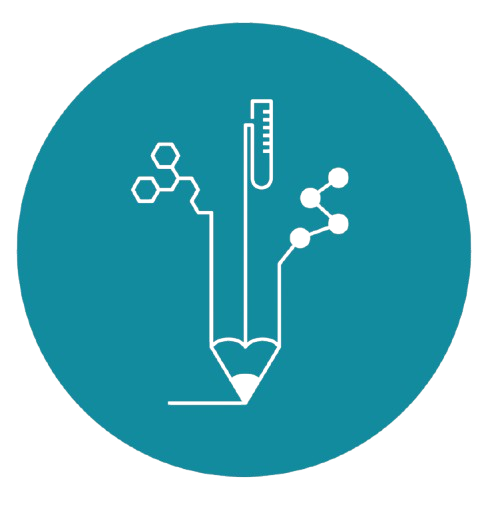
Want your scientific papers to be not just clear but also engaging? Join our scientific writing style crash course at the hackathon! Learn how to refine your tone, improve flow, and make your writing more compelling — without losing precision.
HippUnfold Tutorial
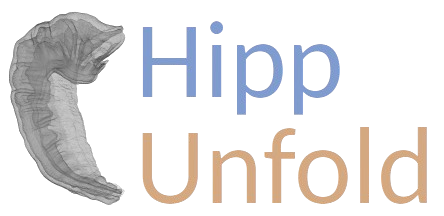
HippUnfold is a toolbox for automatically modeling the topological folding structure of the human hippocampus. This session will introduce its key features, including running HippUnfold, exploring volumetric and surface-based outputs, and integrating results with tools like ITK-SNAP and Connectome Workbench. We will also discuss applications to structural, fMRI, and dMRI data. No prior experience with HippUnfold is required. Links: https😕/github.com/khanlab/hippunfold
MONAI Tutorial
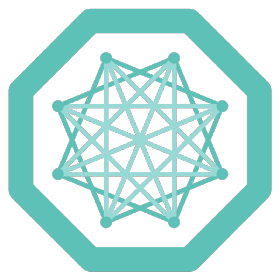
A practical, no-theory guide to training deep learning models on neuroimaging data with zero experience. This tutorial covers MONAI, the leading AI framework for medical imaging, simplifying tasks like segmentation and classification. With pre-trained models, automated pipelines, and MONAI Zoo, you’ll apply deep learning to neuroscience research effortlessly—Python experience is required.
3D Printing Tutorial
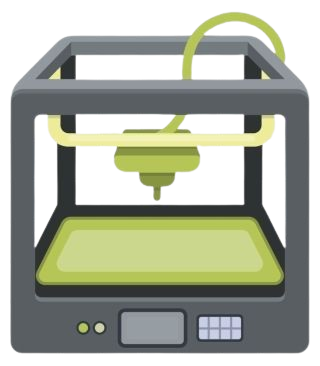
Many experiments require rapid prototyping of experimental setups. While the traditional method of taping random parts together might work in a pinch, 3D printing offers a faster, more precise, and more robust solution. In this workshop, we’ll provide a brief overview of different 3D printing technologies and materials, followed by a hands-on tutorial on free, online 3D design software. As a fun bonus, we’ll show you how to turn your own MRI structural data into a 3D-printable model.
MystMD Tutorial
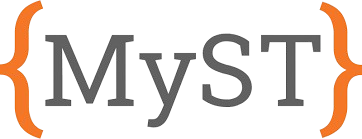
This tutorial will introduce MystMD (https😕/mystmd.org/). MyST extends Markdown for technical, scientific communication and publication. MyST is an ecosystem of open-source, community-driven tools designed to revolutionize scientific communication.
The tutorial will cover installation and live code-writing of a short scientific article as a starting example.
Data Collection: Best Practices
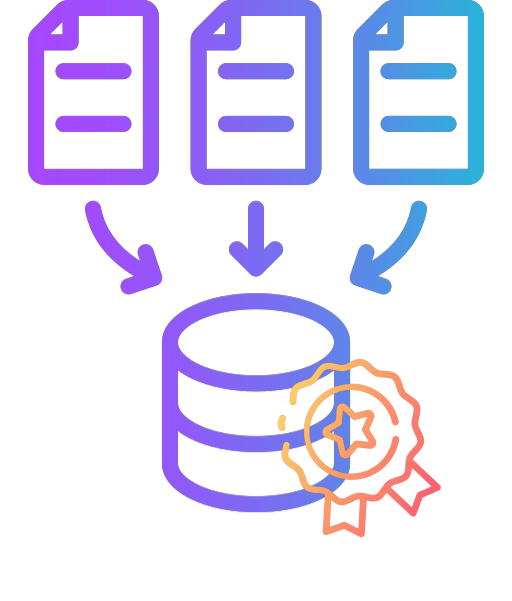
This workshop centers around the best practices in the approach and conduct of data collection. This will include ethical considerations, how to effectively recruit participants and reduce attrition, improve your communication skills, and how these practices can make you a better researcher.
